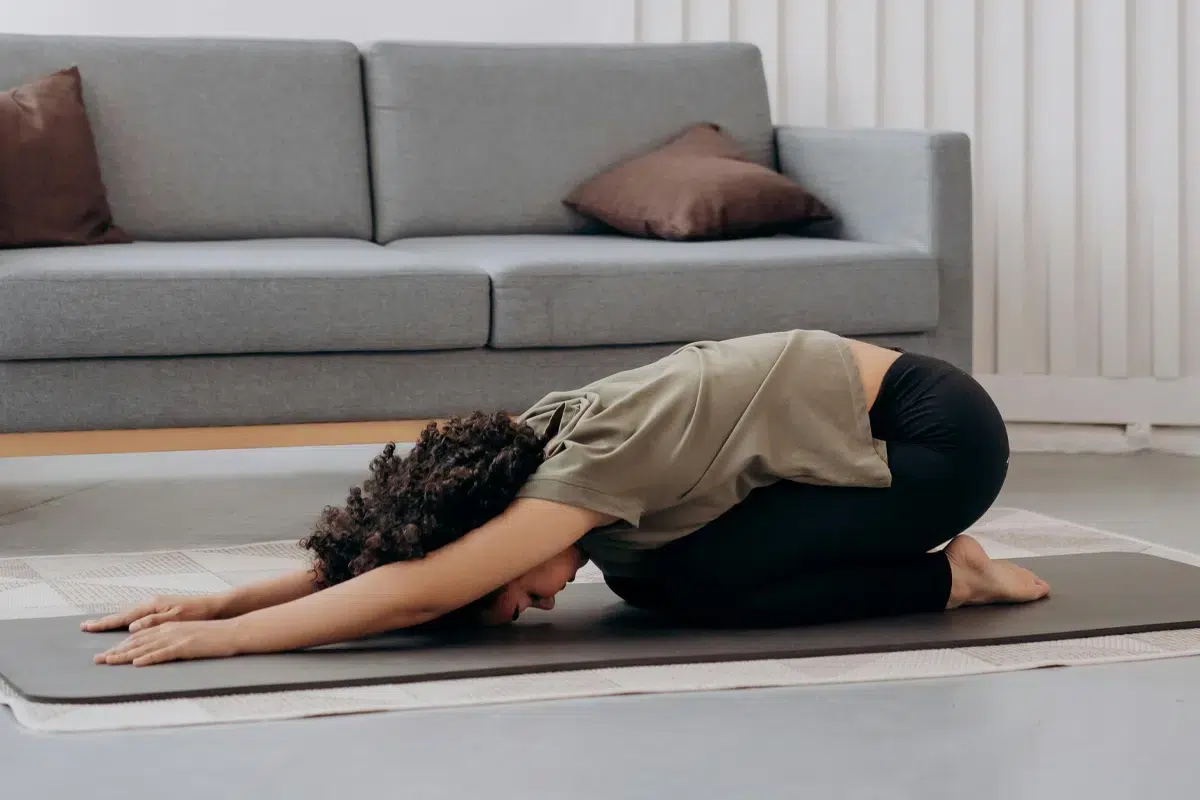Show summary Hide summary
- What are the health benefits of doing indoor cycling or spinning?
- More information on Spinning exercise bikes
- TOP 4 advantages and benefits of stationary cycling (Spinning)
- Some other fitness and endurance sports: Strengthen your body and heart with these activities.
- Discover the health benefits of other sports!
What are the health benefits of doing indoor cycling or spinning?

Everything you need to know about spinning
What are the health benefits of doing indoor cycling or spinning? Use the tool below to find out all the benefits of doing indoor cycling or spinning and discover whether this sport meets your goals and expectations.
More information on Spinning exercise bikes
Is exercise cycling good for your health? Is it a good sport that’s accessible to everyone? Whether you’re a beginner or an experienced cyclist, you’ll find a list below of the benefits and problems you may encounter when spinning.

TOP 4 advantages and benefits of stationary cycling (Spinning)
Spinning on a stationary bike is good for your health and allows you to :
- Exercise your cardiovascular system and breathing
- Stationary cycling reduces orange peel skin and relieves heavy legs
- Exercise on an exercise bike and avoid injury at the same time
- The exercise bike reduces stress and anxiety
What are the disadvantages of stationary exercise bikes?
There are very few drawbacks to stationary exercise cycling. Because it’s done at home or in a gym, you can’t enjoy the great outdoors and it doesn’t offer the benefits of a real bike ride. If you don’t like being confined to your home or prefer to motivate yourself in a group, it might be better to choose another sport.
How do I ride an exercise bike? Practical advice and information!
A stationary bike, also known as an exercise bike, lets you cycle in the comfort of your own home. Like the treadmill, it is one of the most popular pieces of home equipment.
Adjustable to different intensity levels and accessible to all ages, the exercise bike comes in different versions: the spinning bike, the semi-recumbent bike and the classic bike. Ideal for overweight people, the stationary bike is a gentle way to keep fit.
Some other fitness and endurance sports: Strengthen your body and heart with these activities.
Fitness and endurance sports are excellent for improving your overall fitness, strengthening your heart, and burning calories. They can be practiced in gyms or at home, offering great flexibility. Discover these sports for a comprehensive and varied workout:
- Elliptical trainer: The elliptical trainer provides a low-impact workout that strengthens both legs and arms.
- Fitness training: Fitness training involves a variety of exercises aimed at improving strength, flexibility, and overall physical fitness.
- Treadmill: Running on a treadmill offers a convenient way to improve cardio fitness and burn calories indoors.
- Weight training: Weight training uses resistance to build muscle strength, enhance bone density, and boost metabolism.
- Step aerobics: Step aerobics combines rhythmic stepping patterns with upbeat music to improve coordination and cardiovascular health.
- Skipping: Skipping (jump rope) is a dynamic cardio exercise that improves agility, coordination, and endurance.
- Dancing: Dancing is a joyful form of exercise that enhances coordination, flexibility, and cardiovascular health through rhythmic movements.
- Gymnastics: Gymnastics involves acrobatic movements that develop strength, flexibility, balance, and coordination.
- Power Yoga: Yoga focuses on poses, breathing techniques, and meditation to promote physical strength, flexibility, and mental relaxation. “Power yoga” refers to a dynamic form of yoga.
- Zumba: Zumba combines Latin and international music with dance movements to create an exhilarating aerobic workout that improves cardiovascular health and coordination.
Everything you need to know about spinning
Discover the health benefits of other sports!
All sports in detail!




















































